Privacy Impact Assessment
Sensitive Information Map, PIA and Risk Assessment, Privacy Impact Analysis (PIA)
We are carrying out a PIA to help us to minimise the risks of data processing. We will draw upon the results of other risk assessment in the Information Governance series of templates. In particular we want to make sure that personal information is not:
Inaccurate, insufficient or out of date
Excessive or irrelevant
Kept for too long
Disclosed to those who the person it is about does not want to have it
Used in ways that are unacceptable to or unexpected by the person it is about
Kept in a way that is insecure
This PIA will be reviewed each year and also if we use new technology or process personal data in a new and different way than we do now. This is the structure of our Privacy Impact Analysis in this document:
The information flows are detailed below in the Information Map, and the Outgoing and Incoming Information flows
The data privacy and related risks are assessed in the Business Impact Analysis
The privacy solutions, or ways that privacy risks can be reduced to a minimum are found in the Business Impact Analysis and in the Information Security section of the Information Governance Procedures
Consultation and training with the team happens at a practice meeting once a year
The PIA outcomes are considered at the end of this document
Information Map, about our data and where it is held
The personal data types we hold are:
Employment records, marketing information such as email addresses, home addresses. We share personal data with our accountants to process salaries.
How we hold personal data:
Personal data is held in hard copy, securely at the practice and in electronic format at the practice and online
How we collect personal data:
We collect personal data directly from team members or patients by phone, in person, by email.
The special category data types we hold are:
Patient health records, team health records, criminal disclosure details, photographs, videos. We share special category data with other healthcare practitioners or secondary health care providers for the purpose of referring patients for health care services.
How we hold special category data:
Special category data is held in hard copy, securely at the practice and in electronic format at the practice and online
How we collect special category data
We collect special category data directly from team members or patients, by phone, in person, by email.
Where we keep digital data
On practice computer equipment that doesn’t leave the practice
As encrypted backups with digital cloud storage
On cloud-based file hosting service such as One Drive, iCloud and Dropbox
How we store digital data within the EU
See Information Governance Procedures for details of companies and agreements
How we store digital data outside of the EU, in the USA
See Information Governance Procedures for details of companies and agreements
Outgoing information flow:
Email to secondary care, referral practitioners, dental labs, patients is secured by: Encrypted email, NHS Mail
Fax – Not used
Post/ Courier – hard-copy or electronic media to secondary care, referral practitioners, dental labs, patients is secured by: recorded delivery, registered post, signed for, digital media is encrypted
Text Message to patients secured using encrypted messages
Incoming information flow
Email from secondary care, referral practitioners, dental labs, patients is secured by: encrypted email, receipt of email received, NHS Mail
Fax – Not used
Post/ Courier – hard-copy or electronic media from secondary care, referral practitioners, dental labs, patients is secured by: recorded delivery, registered post, signed for, digital media is encrypted
Text Message from patients, labs not used
Sensitive information risk assessment
1. Are you unaware or unsure of the guidelines on how to send out patient-identifiable information? No
2. Do you ever send out more patient-identifiable information than you think is necessary for the purpose of the data transfer? No
3. Do you ever receive more patient-identifiable information than is necessary for the purpose of the data transfer? No
4. Do you use memory sticks to transport patient-identifiable information? No
5. Do you send patient-identifiable information outside the European Economic Area without a registered process in place? No
6. Do you regularly send out or receive patient data through non-NHSmail accounts? No
7. Are email attachments containing patient-identifiable information sent without any form of encryption or password-protection? No
8. Do you routinely send patient-identifiable information to non-business email accounts e.g. Yahoo, AOL? No
9. When emailing within your organisation, is the patient name routinely in the subject of your email? No
10. Do you send all faxes with patient-identifiable information to areas that are NOT designated as safe havens? No
11. Do you receive faxes with patient-identifiable information in areas that are NOT designated as safe havens? No
12. Are faxes containing patient-identifiable information sent out BEFORE recipients are phoned? No
13. Are faxes containing patient-identifiable information sent out without cover papers? No
14. Do you ever post patient-identifiable information to an insecure area? No
15. Do you send external post containing patient-identifiable information in unsealed envelopes or through internal mail envelopes? No
16. Do you ever send or receive post containing patient-identifiable information that is NOT marked as “Private & Confidential”? No
17. Do you send out bulk data on digital media without using secure courier services? No
18. Do you ever send patient-identifiable information by text message? No
After reviewing the results of:
The Business Impact Analysis
The Information Security section of Information Governance Procedures
This Information Map and Risk Assessment
We have found the best ways to reduce or eliminate the impact on the privacy of individuals that arise from our processing of personal data.
Privacy Impact Assessment signed off by:
Mr J W Kenyon the Information Governance Lead.
Signature: J W Kenyon Date: 22/10/23
